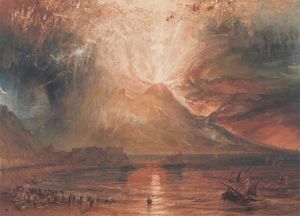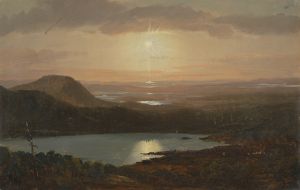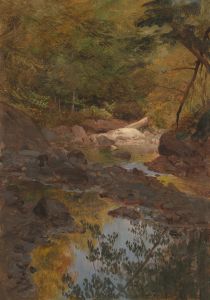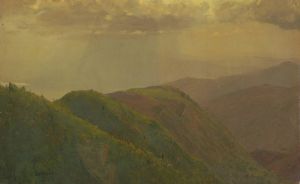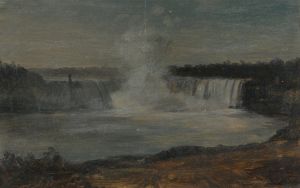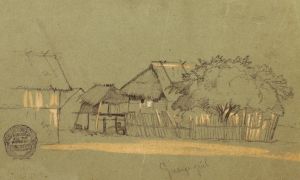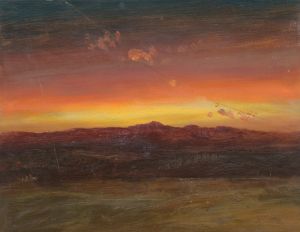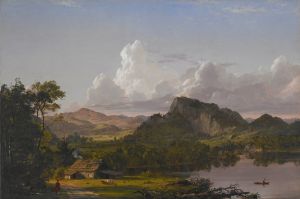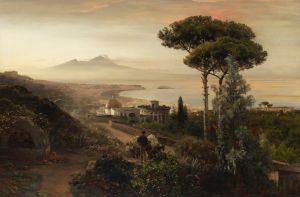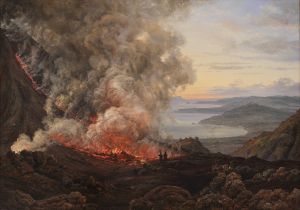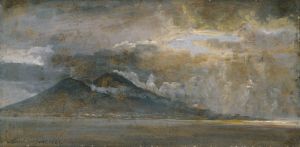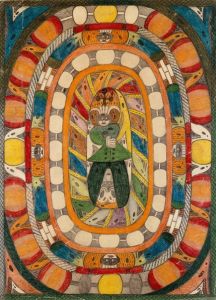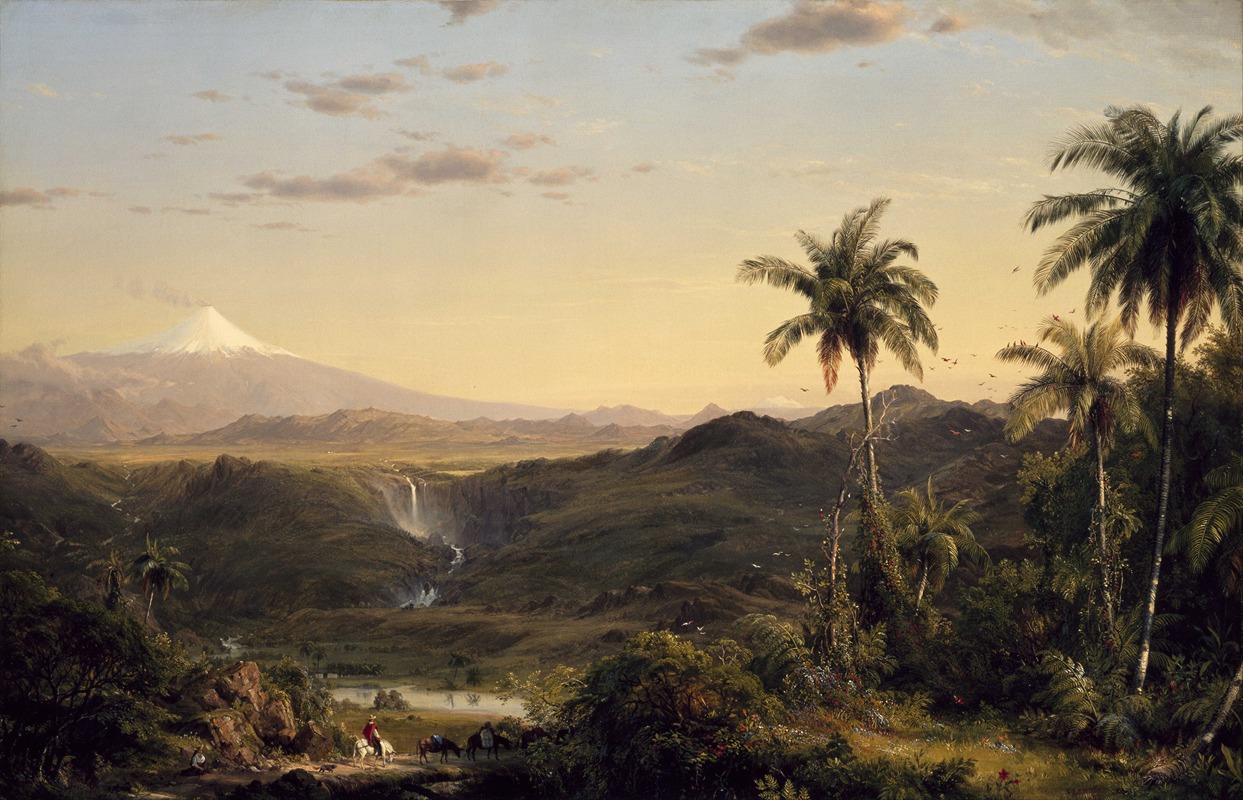
Cotopaxi
A hand-painted replica of Frederic Edwin Church’s masterpiece Cotopaxi, meticulously crafted by professional artists to capture the true essence of the original. Each piece is created with museum-quality canvas and rare mineral pigments, carefully painted by experienced artists with delicate brushstrokes and rich, layered colors to perfectly recreate the texture of the original artwork. Unlike machine-printed reproductions, this hand-painted version brings the painting to life, infused with the artist’s emotions and skill in every stroke. Whether for personal collection or home decoration, it instantly elevates the artistic atmosphere of any space.
"Cotopaxi" is a painting by the American landscape artist Frederic Edwin Church, completed in 1862. Church was a central figure in the Hudson River School, a mid-19th century American art movement characterized by its detailed, romantic portrayal of the American landscape. The painting depicts the Cotopaxi volcano in Ecuador, one of the highest active volcanoes in the world.
Frederic Edwin Church was known for his grand, panoramic landscapes, and "Cotopaxi" is a prime example of his skill in capturing the sublime beauty and power of nature. Church had a deep interest in natural science and exploration, which is reflected in the meticulous detail and accuracy of his work. His travels to South America in the late 1850s, inspired by the writings of the German naturalist Alexander von Humboldt, provided him with the firsthand experience and sketches that would later inform his paintings.
"Cotopaxi" shows the volcano erupting, with a dramatic plume of smoke and ash rising into the sky. The foreground features a serene lake and lush vegetation, creating a stark contrast with the violent eruption in the background. The painting is noted for its vivid use of color and light, capturing the intensity of the volcanic activity and the serene beauty of the surrounding landscape. The composition draws the viewer's eye towards the erupting volcano, emphasizing the power and majesty of nature.
The painting was created during a tumultuous period in American history, coinciding with the Civil War. Some art historians suggest that the painting's dramatic and tumultuous imagery may reflect the national turmoil of the time, though Church himself did not explicitly state this connection. Regardless, "Cotopaxi" stands as a testament to Church's ability to convey both the beauty and the destructive power of the natural world.
"Cotopaxi" was well-received by contemporary audiences and critics. It was exhibited in New York City and attracted significant attention for its dramatic subject matter and technical mastery. Church's work, including "Cotopaxi," played a significant role in shaping the American public's perception of the natural world and the emerging American identity tied to the landscape.
Today, "Cotopaxi" is part of the collection at the Detroit Institute of Arts, where it continues to be admired for its artistic and historical significance. The painting remains a powerful example of Frederic Edwin Church's contribution to American art and his ability to capture the awe-inspiring beauty of the natural world.





